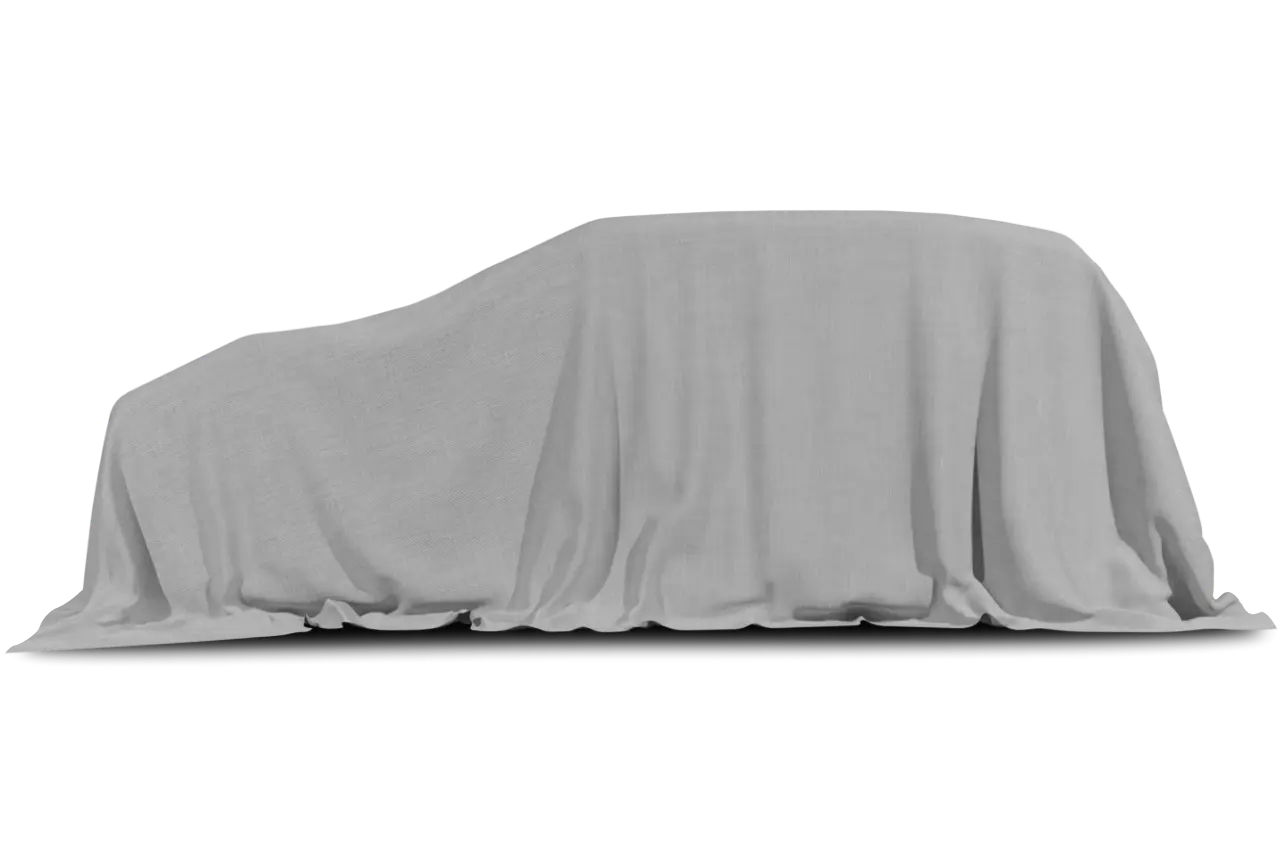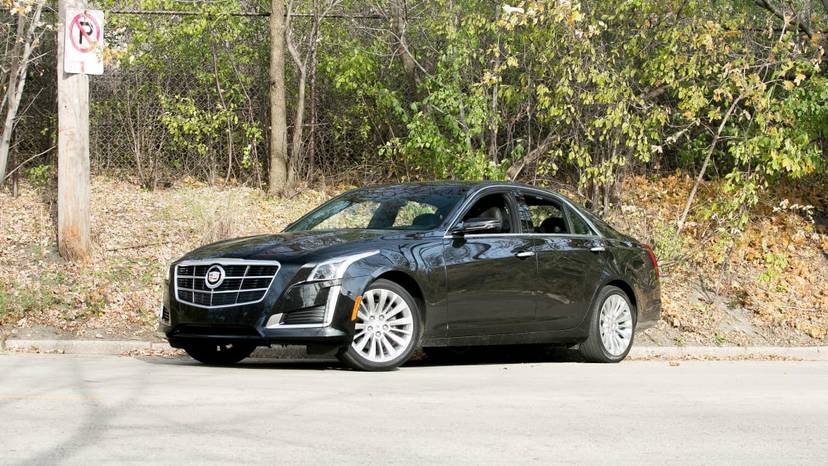
Editor’s note: This review was written in September 2013 about the 2013 Nissan Maxima. Little of substance has changed with this year’s model. To see what’s new for 2014, click here, or check out a side-by-side comparison of the two model years.
The aging Nissan Maxima needs a makeover, but Nissan would do well to preserve the car’s driving fun — a strength that could lure a few shoppers to the current car even in its twilight years.
The seventh-generation Maxima has been in showrooms since mid-2008, slotting above the Altima as Nissan’s flagship sedan. That’s more of a reference to the car’s premium amenities than to its size; it remains smaller than traditional full-size flagships like the Toyota Avalon and Chevrolet Impala. Therein lies the Maxima’s chief limitation, and it’s something the car’s fun factor has never fully made up for.
We tested a Maxima 3.5 SV amid several full-size sedan competitors as part of Cars.com’s $38,000 Full-Size Sedan Challenge. The 3.5 SV slots above the 3.5 S, and most options on the Maxima require starting with the SV. Click here to compare the Maxima’s trims and here to compare the 2013 and 2012 Maxima. Besides a few reshuffled option packages, the Maxima carries over with minimal changes.
Driving Thrills
Bereft of Nissan’s “next-gen” continuously variable automatic transmissions, which trade responsiveness for efficiency in the redesigned Altima sedan and Pathfinder SUV, the Maxima makes good use of Nissan’s familiar (and potent) 3.5-liter V-6. The 290-horsepower engine pushes the car with a ferocity that’s rare in the full-size league (save perhaps the V-6 Avalon or Chrysler’s V-8 sedans) thanks to the Maxima’s light weight. Our tester was second-lightest to the Avalon among seven large sedans, tipping the scales at less than 3,600 pounds. That’s more than 400 pounds less than the Ford Taurus and the Chrysler 300 and Dodge Charger siblings. (Dodge is one of Chrysler’s brands.)
It shows. Power comes on strong from a standing start — enough to send our tester’s Bridgestone Eagle RS-A P245/45R18 all-season tires spinning for grip — and the CVT kicks up revs with little delay for easy highway passing. A “Ds” mode (“Drive Sport,” Nissan calls it) simulates fixed gears and keeps revs up when cornering. The quickest way to 60 mph is still leaving the gearshift in Drive and standing on the gas, but Drive Sport replaces the engine drone you usually hear under sustained acceleration — familiar to anyone who’s driven a CVT — with a more conventional revving sensation.
Punch it up an on-ramp, and the Maxima exhibits mild torque steer. That’s the price to pay for sending 261 pounds-feet of torque to the front wheels, but the Maxima masks its driveline in handling maneuvers. Body roll is modest, and sweeping corners bring the tail into play with a degree of balance that evokes a rear-drive car. Steering feedback is good, with sharp inputs at any speed. Nissan appears to have quelled the car’s power-steering progression, which suffered a binary transition from high-assist to low-assist in past Maxima sedans we drove. We observed no such issues this time around.
It all begs a question: Does the Maxima compete better against midsize entry-luxury sedans like the Acura TL, Lexus ES and Buick LaCrosse than traditional full-size sedans? That’s up to you. The TL matches this sort of driving satisfaction, while the ES and LaCrosse fall short. EPA ratings for the Maxima are just 19/26/22 mpg city/highway/combined, which falls at the low end of both groups. What’s more, the Nissan recommends premium fuel; most competitors in both groups run fine on regular.
Our car lacked the 3.5 SV’s Sport Package, which adds 19-inch alloy wheels and P245/40R19 all-season or summer high-performance tires and a sport-tuned suspension. No doubt the summer tires would improve grip off the line, but the sport-tuned suspension might be a bridge too far: The base suspension and 18-inch wheels make for a firm, if controlled, ride. If you want a car that masks expansion joints and manhole covers, the Chrysler/Dodge siblings or Chevrolet’s redesigned Impala are better choices. So, generally, are those entry-luxury models. Bumps elicit some discord in the Maxima, but it’s a controlled, high-quality sort. The whole experience is less choppy than the discordant Avalon or the too-firm Hyundai Azera.
Bring the Kids, Not the In-Laws
The other shoe drops on comfort and trunk room, which compete well with those luxury cars but underwhelm if you’re shopping full-size sedans. Given the Maxima’s modest cabin volume — 95.8 cubic feet, less than the 100-plus cubic feet in the other large sedans we evaluated — the front and rear seats have reasonable space. But adults who want to stretch out will find more room in the Azera, Avalon and Kia Cadenza. Even the Taurus, whose backseat left us underwhelmed (see the review) has a bench that sits higher off the floor to improve thigh support for adults.
That Taurus also has a trunk that’s 42 percent larger than the Maxima’s. Granted, at 20.1 cubic feet the Taurus has the largest trunk of any sedan, but the Maxima’s 14.2 cubic feet falls below the Impala (18.8 cubic feet), Charger (16.5), 300 and Azera (both 16.3), and Avalon (16.0). The Nissan compares better against the TL, LaCrosse and ES, but the Acura and Buick have embarrassingly small trunks.
Nissan made credible strides toward entry-luxury territory with the Maxima, whose premium touches — fabric window pillars, rich dashboard materials, cushy armrests — spelled luxury back in 2009. But the competition has caught up, and today’s Maxima seems a bit tired. Our tester’s navigation system had plenty of convenient shortcut keys but outdated graphics. The window switches are from yesteryear; from Park to Drive, the gearshift has the aimless shuffle of a kid who just got cut from the basketball team.
Safety, Features & Pricing
The current-generation Nissan Maxima earned the top score, Good, from the Insurance Institute for Highway Safety for front and side-impact crashes. The sedan earned an Acceptable score — one rung down from Good — in roof-strength scores, but it also scored Acceptable in IIHS’ challenging new small-overlap frontal test, which many new cars fail. (Read more about the small-overlap frontal test here.)
Standard safety features include six airbags and the required antilock brakes and electronic stability system, but lane departure, blind spot and forward-collision warning systems — which are fast becoming available among the Maxima’s competition — are still MIA. Click here for a full list of safety features. Reliability in the Maxima’s four years on the market has been above average. That’s on par with the TL and it’s far better than the Buick LaCrosse or Chrysler’s full-size sedans. But many competitors, from the Avalon and ES to the Impala, were redesigned for 2013 or 2014, which leaves no reliability trail for them just yet.
The Maxima 3.5 S starts around $32,000 and comes with dual power seats, a moonroof, dual-zone automatic climate control, keyless access with push-button start and Bluetooth phone operation. Options include leather, heated seats, a heated steering wheel, a ventilated driver’s seat, a panoramic moonroof, a navigation system, Bose audio and a backup camera. Curiously, USB/iPod compatibility and Bluetooth audio streaming, which many competitors include standard, remain among the Maxima’s options.
Check all the factory options, and a loaded Maxima 3.5 SV ends up around $39,000 — enough to compete with modestly equipped versions of the TL, LaCrosse and ES 350, but all three of those top out past $45,000.
Maxima in the Market
The Maxima has fallen from its sales peak in 2010, when sales crested 60,500, to an underwhelming 23,675 through the first half of 2013, which falls below most full-size competitors. The car always felt smaller versus traditional full-sizers, and it placed last in the group in Cars.com’s Full-Size Sedan Challenge. What’s more, premium sedans have leapfrogged Nissan on cabin quality — an area where the Maxima once built a compelling case for budget luxury. But the car still has one trump card: driving fun. A redesign is all but assured in the next few years, and Nissan would do well to keep this strength for the next generation.
| Send Kelsey an email |









































